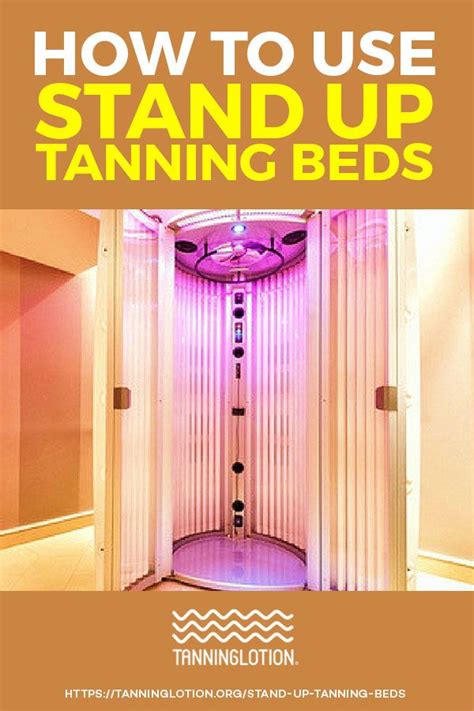How Often Should You Use a Tanning Bed: Expert Tips
The allure of a sun-kissed glow is undeniable, but the pursuit of that perfect tan comes with significant health considerations, especially when using tanning beds. Understanding the risks and recommended usage is crucial for minimizing potential harm. This article explores the optimal frequency of tanning bed use, highlighting expert advice and addressing common concerns.
What are the Risks of Tanning Bed Use?
Before diving into frequency, it's essential to acknowledge the inherent risks associated with tanning beds. These risks are significant and shouldn't be overlooked. Ultraviolet (UV) radiation from tanning beds damages your skin's DNA, leading to premature aging, wrinkles, and significantly increased risk of skin cancer, including melanoma, the deadliest form of skin cancer. The World Health Organization (WHO) classifies UV radiation from tanning beds as carcinogenic to humans. Even a single tanning bed session increases your risk.
How Does UV Radiation Damage Skin?
UV radiation causes damage to the skin cells at a molecular level. This damage can manifest as:
- Sunburn: Immediate burning and inflammation.
- Premature aging: Wrinkles, age spots, and leathery skin.
- Skin cancer: Melanoma, basal cell carcinoma, and squamous cell carcinoma.
- Eye damage: Cataracts and other eye problems.
- Weakened immune system: Increased susceptibility to infections.
How Often Should You Use a Tanning Bed?
The simple answer is: as infrequently as possible, ideally never. The benefits, if any, are far outweighed by the significant health risks. However, if you choose to use a tanning bed despite these risks, dermatologists strongly advise limiting exposure to the absolute minimum. Even infrequent use increases your risk of skin cancer.
There is no safe level of exposure to UV radiation from tanning beds. Any exposure increases your risk.
What if I Only Use a Tanning Bed Occasionally?
Occasional use doesn't eliminate the risks. Each exposure contributes to cumulative damage. The more you use a tanning bed, the higher your risk of long-term skin damage and cancer. Think of it like smoking; even occasional smoking significantly increases your risk of lung cancer.
Are There Safer Tanning Bed Options?
No. All tanning beds emit UV radiation, and all carry the same risks, regardless of the type of bed or the advertised "safety" features. There are no truly “safe” tanning bed options.
What are the Alternatives to Tanning Beds?
Fortunately, there are many safer alternatives to achieve a sun-kissed look:
- Self-tanning lotions: These provide a temporary tan without UV exposure.
- Spray tans: Similar to self-tanning lotions but applied professionally for a more even finish.
- Bronzers: Makeup products that give a temporary tan effect.
These options offer a much safer way to achieve a tan without the harmful effects of UV radiation.
What About Vitamin D?
Many believe tanning beds help with Vitamin D production. However, obtaining sufficient Vitamin D is better achieved through diet and supplementation under the guidance of a healthcare professional. Direct sunlight exposure for short periods also provides Vitamin D, but always remember to use sunscreen to protect your skin.
Can a Doctor Recommend Tanning Bed Use?
Highly unlikely. Medical professionals universally advise against tanning bed use due to the proven health risks. A doctor might recommend sun exposure for Vitamin D in some cases, but this should be done safely with sunscreen and in moderation.
Conclusion: Prioritize Your Health
The risks associated with tanning bed use significantly outweigh any perceived benefits. Protecting your skin from UV damage should be a top priority. Choose safer alternatives for achieving a tan and consult with a dermatologist for personalized advice on skin health. Remember, your skin's health is invaluable, and prevention is always better than cure.

